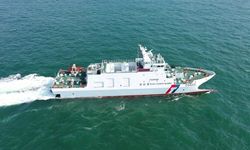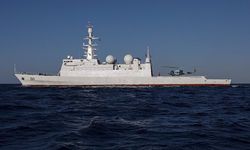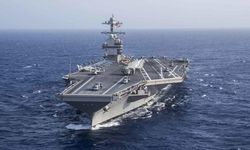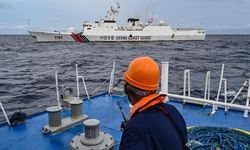U.S. Defense Secretary Lloyd Austin announced that long-range bombers were involved in the operation, part of a broader effort to disrupt the Iran-backed Houthis’ capabilities. The strikes, he said, demonstrate the U.S.’s ability to reach facilities that adversaries attempt to conceal.
Since November, the Houthis have reportedly launched nearly 100 attacks on vessels in the Red Sea and Gulf of Aden, sinking two ships. The group claims these actions are in retaliation for Israel’s military operations in Gaza.
In a statement, Austin emphasized that the U.S. will continue to target Houthi forces to "protect and defend U.S. forces and personnel" and warned of continued consequences for the Houthis’ "illegal and reckless" actions.
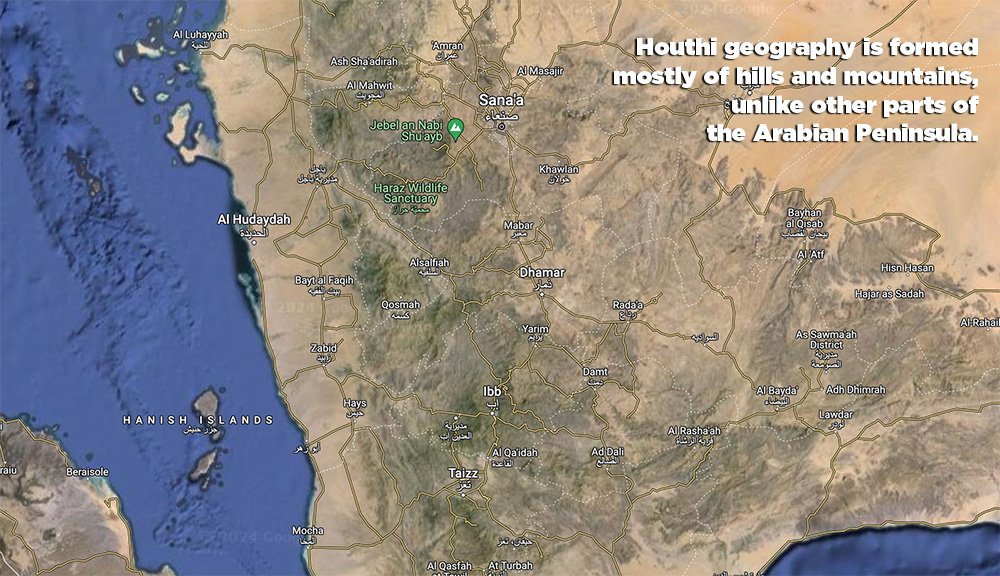
The U.S. Central Command (CENTCOM), which oversees operations in the Middle East, reported no immediate civilian casualties. The operation involved both the U.S. Air Force and Navy, with the use of long-range stealth bombers.
The increased Houthi attacks have caused significant disruption to international trade, as major shipping companies have begun avoiding the Red Sea due to security concerns.
In September, the Pentagon confirmed that the Houthis had launched a "complex attack" on U.S. Navy vessels in the region, although the missiles and drones used were intercepted.
The Houthis have also expanded their attacks to include missile and drone strikes on Israel. In July, a drone launched from Yemen hit Tel Aviv, resulting in one fatality and several injuries. In response, Israel has conducted retaliatory strikes on Houthi targets in Yemen.
Earlier this year, the U.S., along with the UK and 12 other nations, initiated Operation Prosperity Guardian to safeguard shipping routes in the Red Sea from Houthi aggression. The Houthis are part of a broader network of Iranian-backed groups across the Middle East, including Hezbollah in Lebanon and Hamas in Gaza.


